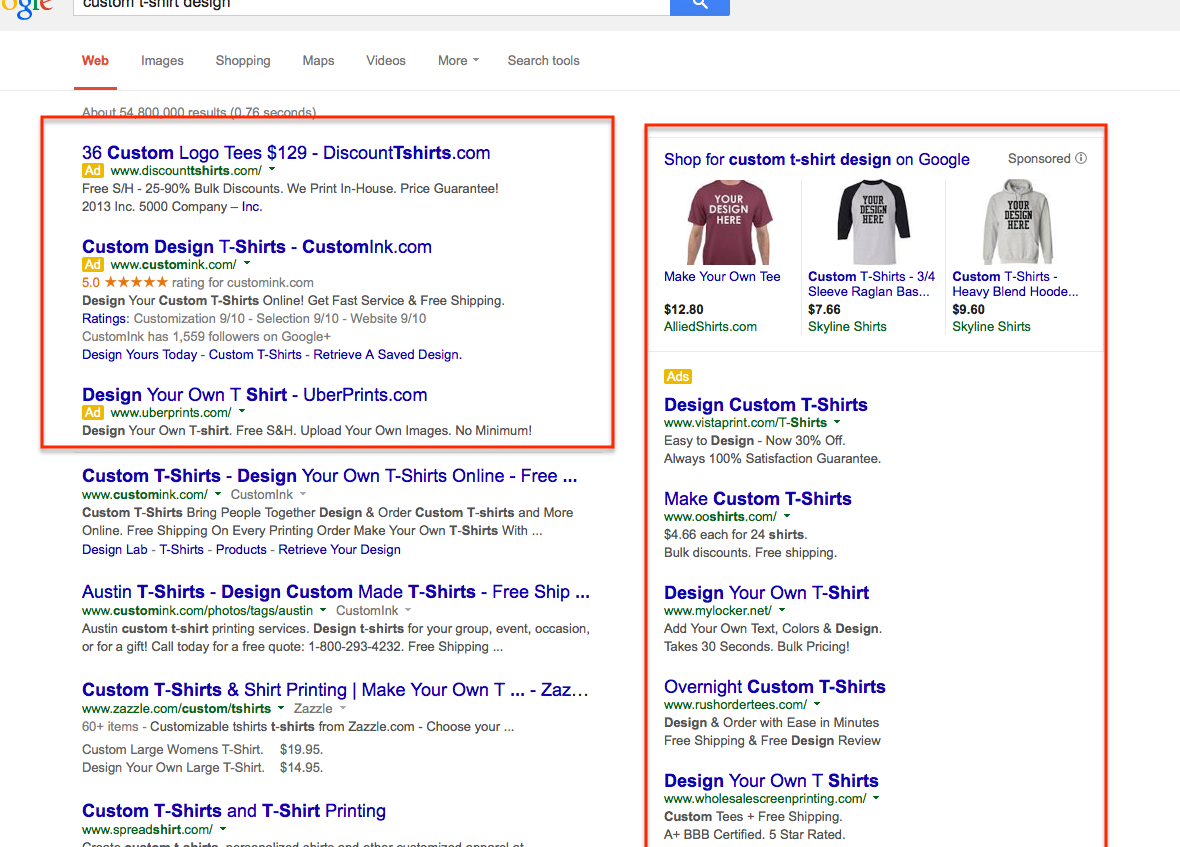Google AdWords Explained
HubRunner believes in the power of quality websites. A good website lowers bounce rates, increases conversions, and does wonders for your branding. As much as we love quality websites, though, we are firm believers in the power of targeted inbound marketing. In this article we give you a bird’s eye view of Google AdWords, one of our favorite inbound marketing systems.
Lead Targeting
 Targeting is the name of the game with Google AdWords. Google uses the data gained from its countless daily searches to find the right leads for your advertisements. Whenever a user submits a search through Google, a bidding war starts between ads. The winner claims the most relevant spot on the search page. Winning ads tend to have higher budgets, better websites, and the most relevant ad texts.
Targeting is the name of the game with Google AdWords. Google uses the data gained from its countless daily searches to find the right leads for your advertisements. Whenever a user submits a search through Google, a bidding war starts between ads. The winner claims the most relevant spot on the search page. Winning ads tend to have higher budgets, better websites, and the most relevant ad texts.
In addition to Google’s search engine advertisements, you may also choose to advertise on the Google Display Network – Google’s network of affiliated websites. This network stretches across the internet. Websites like YouTube have advertisement spaces where Google will advertise for your business. Over a million websites are partners with Google through the Display Network.
The Display Network allows you to design advertisements using text or images. If one of your team members is a talented graphic designer, the display network is your opportunity to capitalize on this skill. Google has a fairly simple set of ad requirements, but you are pretty much limited by your own creativity.
Measure Your Success
The reporting functions of Google AdWords are incredibly valuable. They allow you to know the metrics of your campaign down to the cent. By implementing the correct system of goals, Google also allows you see the exact cost per converted lead. Google breaks down your advertising metrics like conversion rate and how many people saw your ad. This in-depth level of performance reporting allows you to tailor each campaign to maximize ROI.
If you don’t want to be as frustrated as John Hannamaker in the above quote, Google AdWords is a great method of generating website traffic. Keep in mind that PPC marketing is a very complex industry. It is often best to hire a trained professional to take care of the targeting for you. If you are more of a DIY-er, however, Google offers a certification course to teach you everything you need to know. We have provided a link to this course on the bottom of this post.
Google AdWords & SEO
Google AdWords is called search engine marketing (SEM), which is distinct from search engine optimization (SEO). SEO is geared toward long campaigns that result in organic traffic. The non-sponsored links Google serves to you are examples of good SEO. Google has analyzed those links and ranked them according to how well they match your search queries. The end result is a reliable source of website traffic.
Google AdWords is designed for instant traffic to your website. These campaigns can be started, paused, and stopped at any time. The traffic is much more immediate. The catch is that your traffic lasts only as long as you pay. You lose quasi-free traffic that comes with long SEO campaigns.
Getting Started
As I mentioned above, online marketing is best left to professionals. Google AdWords isn’t only about the quantity of traffic to your website, but also the quality. A professional inbound marketer will increase the correct type of traffic to your website. If you would like to start designing your own campaigns, sign up for Google Partners.
Please keep an eye on our blog for deeper dives into inbound marketing strategies. We share all of our posts through Twitter and Facebook, so you can connect with HubRunner there!



Comments are closed.